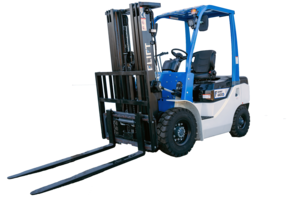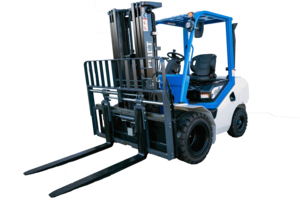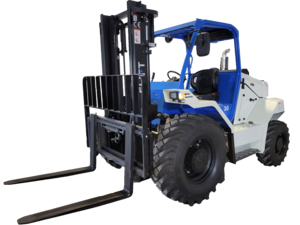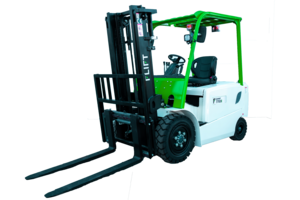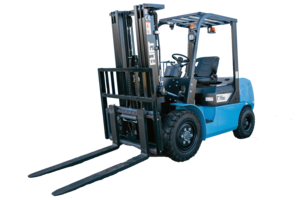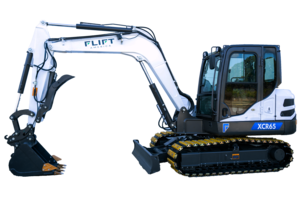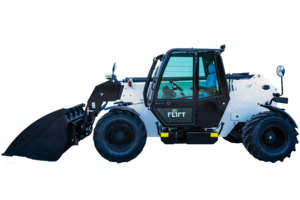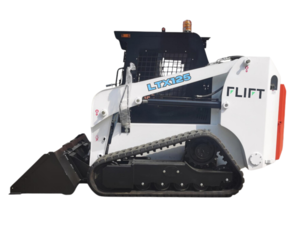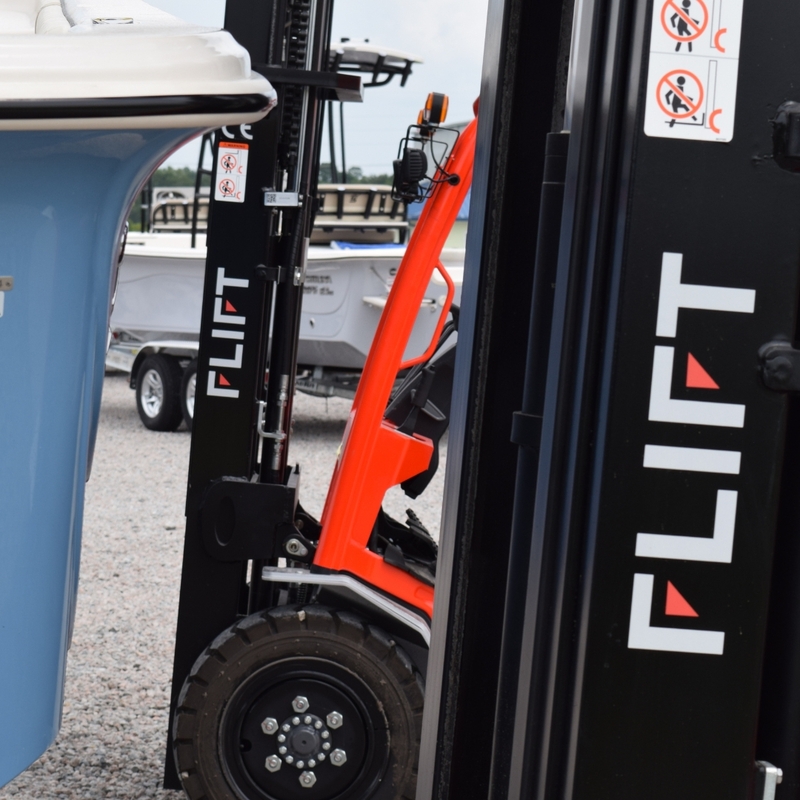Choosing the Right Forklift for Your Business: A Comprehensive Guide
Counterbalance Forklifts:
- Ideal for general warehouse use.
- Available in electric, gas, and diesel models.
- Suitable for indoor and outdoor applications.
Reach Trucks:
- Designed for narrow aisle applications.
- Good for high stacking and retrieval.
Pallet Jacks:
- Excellent for horizontal transportation of palletized loads.
- Manual and electric models available.
Order Pickers:
- Designed for picking items at various levels.
- Suitable for high-density storage facilities.
Rough Terrain Forklifts:
- Built for outdoor use on uneven surfaces.
- Commonly used in construction and agriculture.
3. Consider Load Capacity and Lift Height:
- Determine the average weight of the loads you'll be handling.
- Consider the maximum height your forklift needs to reach.
Electric Forklifts:
- Environmentally friendly with zero emissions.
- Suitable for indoor use.
- Lower maintenance costs.
Gas and Diesel Forklifts:
- Ideal for outdoor applications.
- Higher load capacities.
- Faster refueling but may have higher operating costs.
- Prioritize the comfort and safety of your forklift operators.
- Look for features such as adjustable seats, ergonomic controls, and good visibility.
- Factor in the initial cost of the forklift.
- Consider long-term costs, including maintenance, fuel, and potential downtime.
